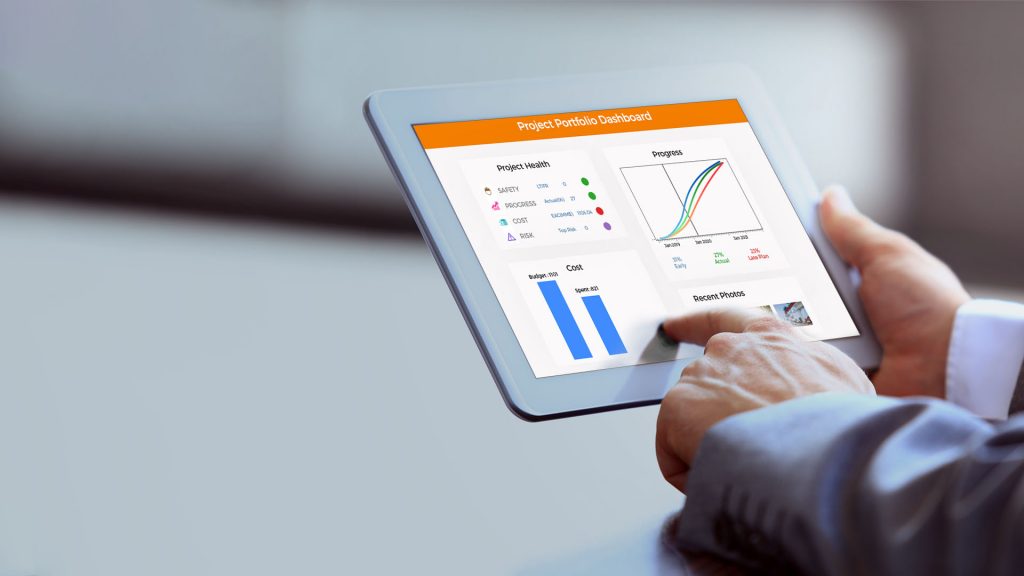If you had to spend 3 to 4 hours sending out an engineering deliverables tracker, how much would that affect your productivity?
We know that preparation and circulation of Engineering Deliverables Tracker is a regular activity of Project Controls (which is subset of Project Management), and as such, is vital to the successful delivery of the project.
The major challenges in Project Controls are optimism bias, manual estimation errors, insufficient historical data, and scope creep. This being a vast topic, I shall discuss it more fully in upcoming blog posts. However, in this first part, let’s look at the kind of productivity losses that occur when project controls are handled manually and how they can be solved.
For a typical real estate project, the deliverables list is supposed to be shared to the stakeholder by a specific time and day, say 11AM on Mondays. In one of the projects, I worked on, this schedule was quite achievable during the project’s initial phase. But, as the project progressed and multiple contractors got on board, it became increasingly difficult to send the deliverables tracker on time. Usually, it ended up getting sent only around 4 p.m.
You can imagine the amount of work involved in the engineering deliverables tracker alone; now imagine the preparation and updating of all the other weekly trackers for procurement, construction, cost etc! Sounds hectic right. Let’s see how deliverables are managed traditionally at sites and how to overcome this productivity loss of a project controls team.
The traditional way of managing a deliverables tracker
Tracking deliverables is a major task since the initiation phase of any project, and this turns out to be one of the most important documents.
Consider the engineering phase of the project. The list of deliverables is taken from the architect, consultants, and contractor (if appointed already), and over and above the list of deliverables shared by the stakeholders, the project controls team adds other relevant deliverables that may have been missed out. All these deliverables of different phases of the project are listed and tracked on a weekly basis manually by checking the emails, date of response, re-submission etc.
In this situation, the blame game becomes common. During meetings, you’ll see the vendor blaming the consultant and the consultant blaming the vendor and so on back and forth. To avoid this, you would need some kind of system tracking the accurate status of a document along with its audit trail, but in practical terms such a system would be impossible – impossible to manually create, maintain, update, and share.
Manual and outdated processes
Even when there is sufficient support from management and awareness amongst teams about the importance of controls, the actual implementation of those controls cannot keep pace with the challenges in project management. Many organizations still use manually-managed spreadsheets to track and manage their deliverables lists in the same way they track costs, risk matrices, change requests etc. These manual systems tend to remain siloed and they generate disparate data rather than holistic insights. They do not provide the required visibility into the big picture.
Project controls span multiple processes. The team or person in charge of preparing and sending trackers needs to interface with multiple people, which adds to the complexity. These trackers need to be accurate and sent in a timely fashion, so they need consistent attention to detail throughout the duration of projects, some of which can run for years.
The slow adoption of new technology in the construction sector persists, with many companies reluctant to adopt new technology due to the contract structure in the industry which does not incentivize innovation and technological advancement. Thus, costs have to be borne by a small number of stakeholders, which can make it unaffordable or unattractive to proceed with in real life. That’s why it’s extremely important for the organization to include technology at the contract level, for better monitoring of the project.
Going Digital for Deliverables tracking
Deliverables tracking is one of the many tasks that digitalization would make exponentially easier!
Let’s see how a digital deliverable tracking system would work.
You would have a listing of all deliverables with schedules linked within the system and an electronic workflow would be set up for each deliverable, showing the concerned stakeholder involved, at each stage. The percentage progress would be assigned for each stage of the workflow that was completed and as the document was routed through the workflow, the system would capture the progress and status of the document. Since the progress was being captured within the system it would be easy to generate reports that show the real time status of the deliverables, and the actions taken by and pending from stakeholders would be clearly evident – thus avoiding the usual blame game. The system would also be set up to send notifications and alerts based on the schedule for completion of these deliverables.
In the past, relying on manual methods to monitor and evaluate project metrics may have been acceptable. Now, it is critical to use automated reporting and logic-based forecasts to harness the best available project data. Project controls are too crucial to the success of large projects and the organisation’s success to let manual processes and errors get in the way.
